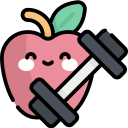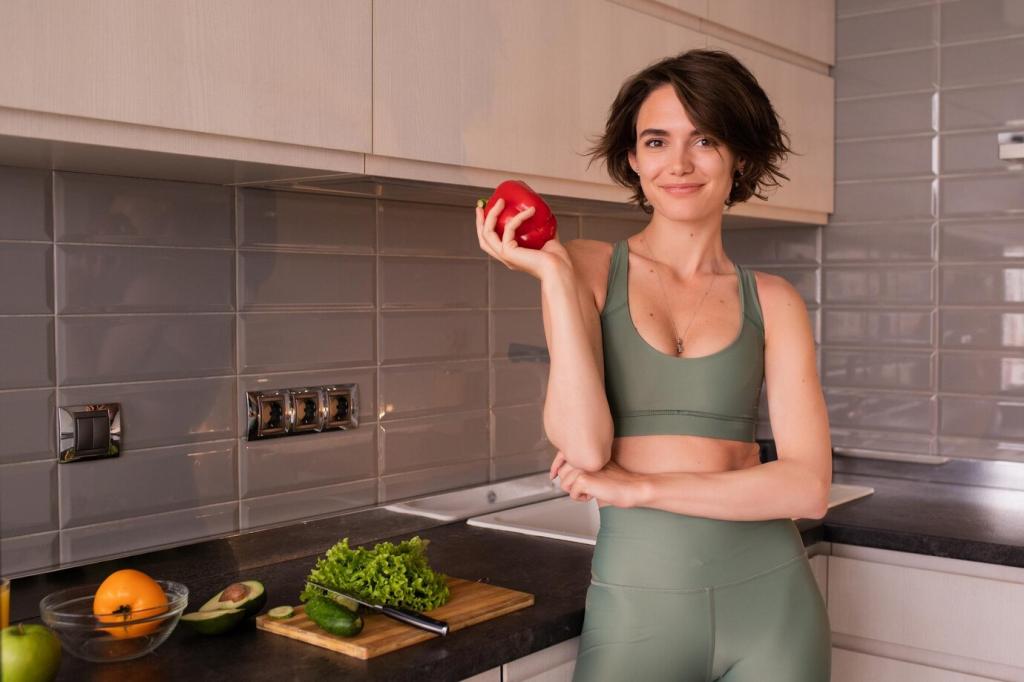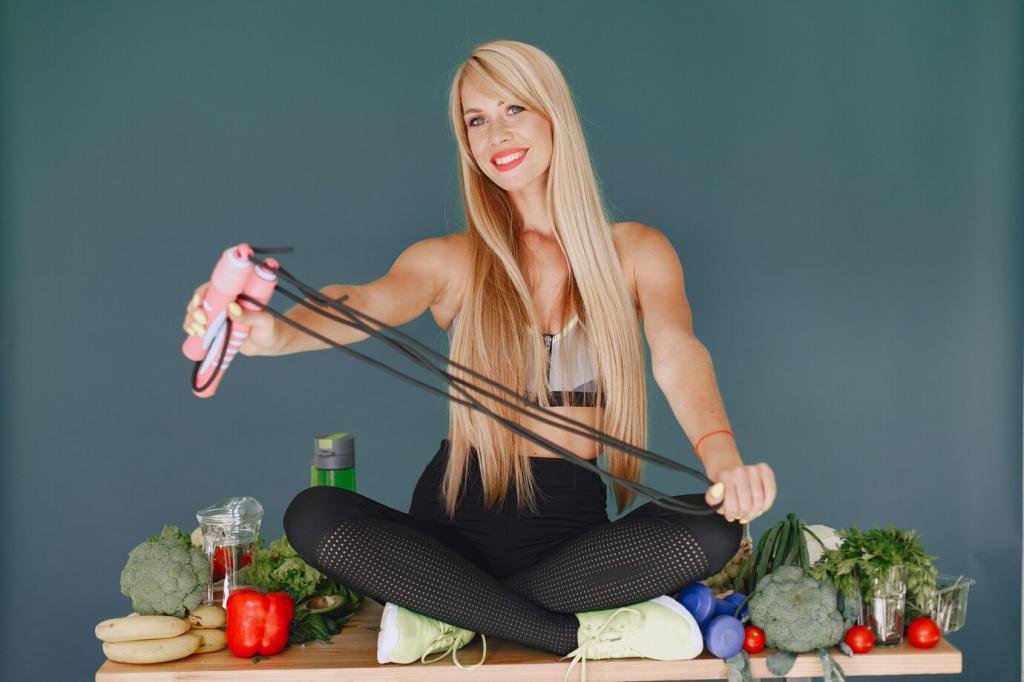Training That Pairs With Your Plate
Track your lifts, reps, and sets, and nudge volume upward over time. Most hypertrophy plans thrive on 10–20 hard sets per muscle weekly, with 1–3 reps in reserve. Rotate exercises, respect deloads, and let your logbook be the story of relentless, steady progression powered by plants.
Training That Pairs With Your Plate
About one to two hours pre-training, combine carbohydrates and 20–30 grams of protein for sustained energy. Post-workout, hit 20–40 grams of protein with quick carbs to replenish glycogen. Hydrate well, salt to taste, and test timing to learn what makes you feel strongest during big compound sets.
Training That Pairs With Your Plate
Sleep seven to nine hours, wind down with light stretching, and keep daily walks to boost recovery. Manage stress intentionally—journaling, breathwork, or music. Share your best recovery practices in the comments, and subscribe for weekly science-backed tweaks to make your vegan training feel smoother and stronger.






